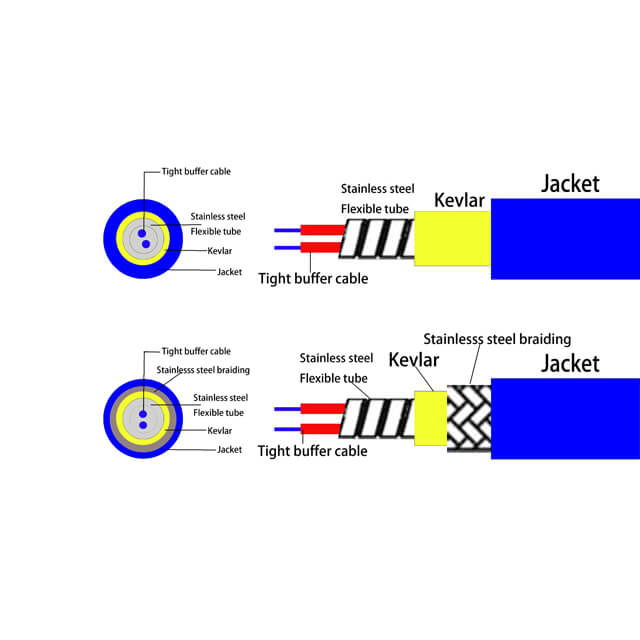Unleashing the Potential of Fiber Optic Cables in Various Applications
The Rise of Fiber Optic Cables

Fiber optic cables have revolutionized the world of telecommunications. With their ability to transmit data at incredible speeds, fiber optics have become the backbone of our digital infrastructure. Beyond their ability to provide high-speed internet connections, fiber optic cables have proven to be incredibly versatile, finding applications in various industries.
Fiber Optics in Telecommunications
The primary use case for fiber optic cables has been in telecommunications. As the demand for faster and more reliable internet connections grows, fiber optics have become the preferred choice. Fiber optic cables can transmit data over long distances without any loss of signal strength, making them ideal for long-haul communication networks. Additionally, the high bandwidth capacity of fiber optics allows for the transmission of large amounts of data simultaneously, enabling seamless video streaming, online gaming, and other bandwidth-intensive applications.
Medical and Scientific Applications
Beyond telecommunications, fiber optic cables have found extensive applications in the medical and scientific fields. The ability of fiber optics to transmit data without interference or electromagnetic interference makes them suitable for medical imaging technologies such as endoscopy and laparoscopy. Fiber optic sensors are also used in a range of medical devices for temperature and pressure measurements. In scientific research, fiber optic cables enable precise monitoring and control in experiments and can be used for remote sensing in harsh environments.
Data Centers and Cloud Computing
Fiber optic cables play a vital role in the infrastructure of data centers and cloud computing environments. The high data transfer rates and low latency offered by fiber optics are crucial for the rapid transmission and processing of vast amounts of data in these facilities. Fiber optic connections within and between data centers ensure efficient data flow and enable quick access to cloud-based services.
Industrial and Defense Applications
In the industrial sector, fiber optic cables are used for various purposes. They provide reliable and high-speed communication in smart factories, allowing for efficient control and monitoring of machines and production processes. Fiber optic sensors are used for structural health monitoring in infrastructure, ensuring the safety and integrity of critical structures. In the defense industry, fiber optic cables are utilized for secure and fast communication, as well as for remote sensing and surveillance.
Conclusion
The versatility of fiber optic cable applications goes far beyond its role in providing high-speed internet connectivity. From telecommunications to healthcare, from data centers to industrial settings, fiber optic cables have become indispensable in numerous industries. With their incredible bandwidth capacity, low latency, and immunity to electromagnetic interference, fiber optics continue to shape the future of technology.


